
17 government inspectors, 170 companies and more than 9,000 potential infractions: inside B.C.’s oversight of the oil and gas sector
Notes made by regulator officers during thousands of inspections that were marked in compliance with...
Editor’s note: On Sept. 11, 2024, B.C.’s Environmental Assessment Office fined Coastal GasLink $590,000 — the project’s biggest fine yet — issuing 10 administrative penalties related to worksite inspections that took place during this incident.
Sleydo’ Molly Wickham was composed and quiet as she stared out the window of a helicopter flying over vast stretches of TC Energy’s Coastal GasLink pipeline on Wet’suwet’en territory (yintah). Below, a wide swath cut through forests and wetlands, crossing creeks and rivers.
A wing chief of the Gidimt’en clan, Sleydo’ was part of a small group on a monitoring flight to document the contentious project’s impacts as soaring temperatures rapidly melted last winter’s heavy snowpack.
The Narwhal was invited to join the group as an independent observer. The flight followed the pipeline route over a rugged mountain pass, through Lihkt’samisyu and C’ihlts’ehkhyu clan territories and past the crossing of Wedzin Kwa (Morice River) onto Gidimt’en territory. This area included an 11-kilometre stretch of the pipeline route where provincial officials have ordered TC Energy to stop construction due to serious environmental infractions.
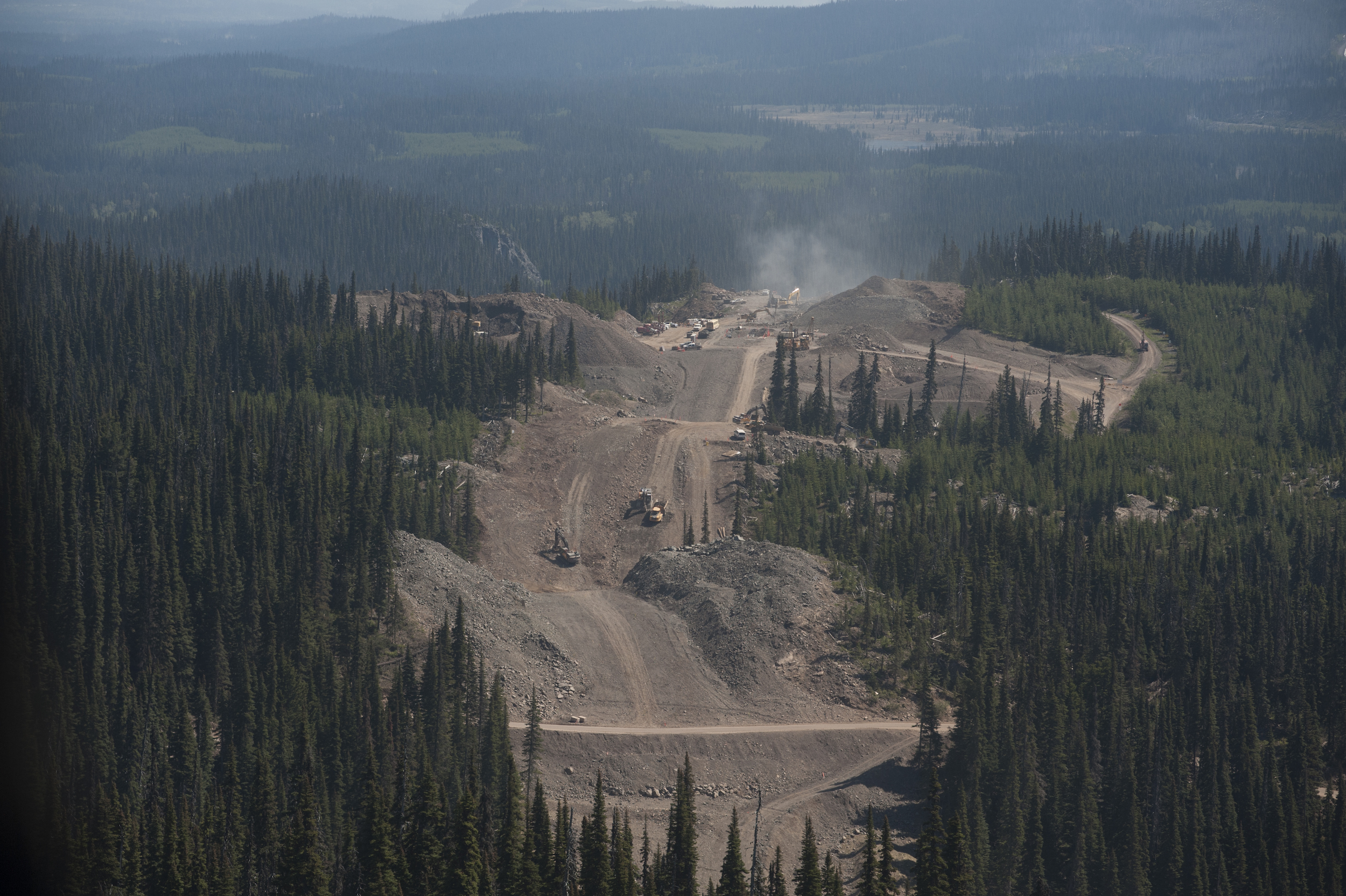
It was 30 C on May 17 as the helicopter passed over an area known as the Gosnell. Here, the scale of the impacts became clear — sections of the pipeline submerged in floodwaters, a tributary of Wedzin Kwa turned murky brown, stranded equipment and wetlands stained with sediment. For kilometres, the site was inundated with water and we circled silently, taking it all in.
“The scale of damage that is happening on the territory is heartbreaking,” Sleydo’ said. “But it’s also what we knew was going to happen, which is why we’ve been fighting so hard.”
Coastal GasLink has struggled to control erosion and keep sediment out of wetlands, creeks and rivers since construction began in 2019. B.C.’s Environmental Assessment Office has fined TC Energy more than $450,000 for dozens of infractions. As part of its government approval and permits, the company is required to ensure no dirt or other materials from the pipeline right of way, or ancillary worksites, enters the surrounding environment. When sediment gets into wetlands and watercourses, it clogs up fish habitat and can suffocate salmon smolts.
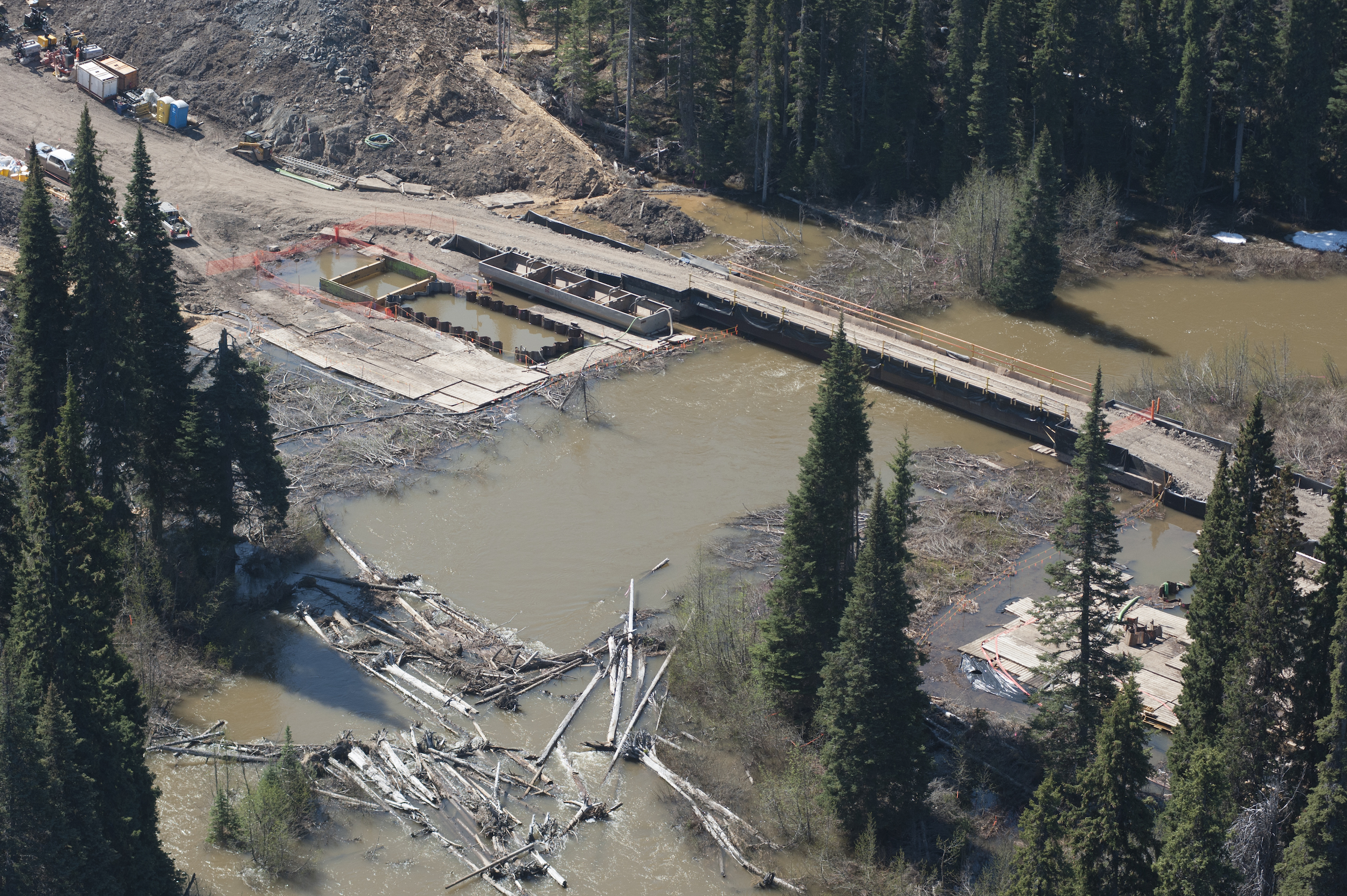
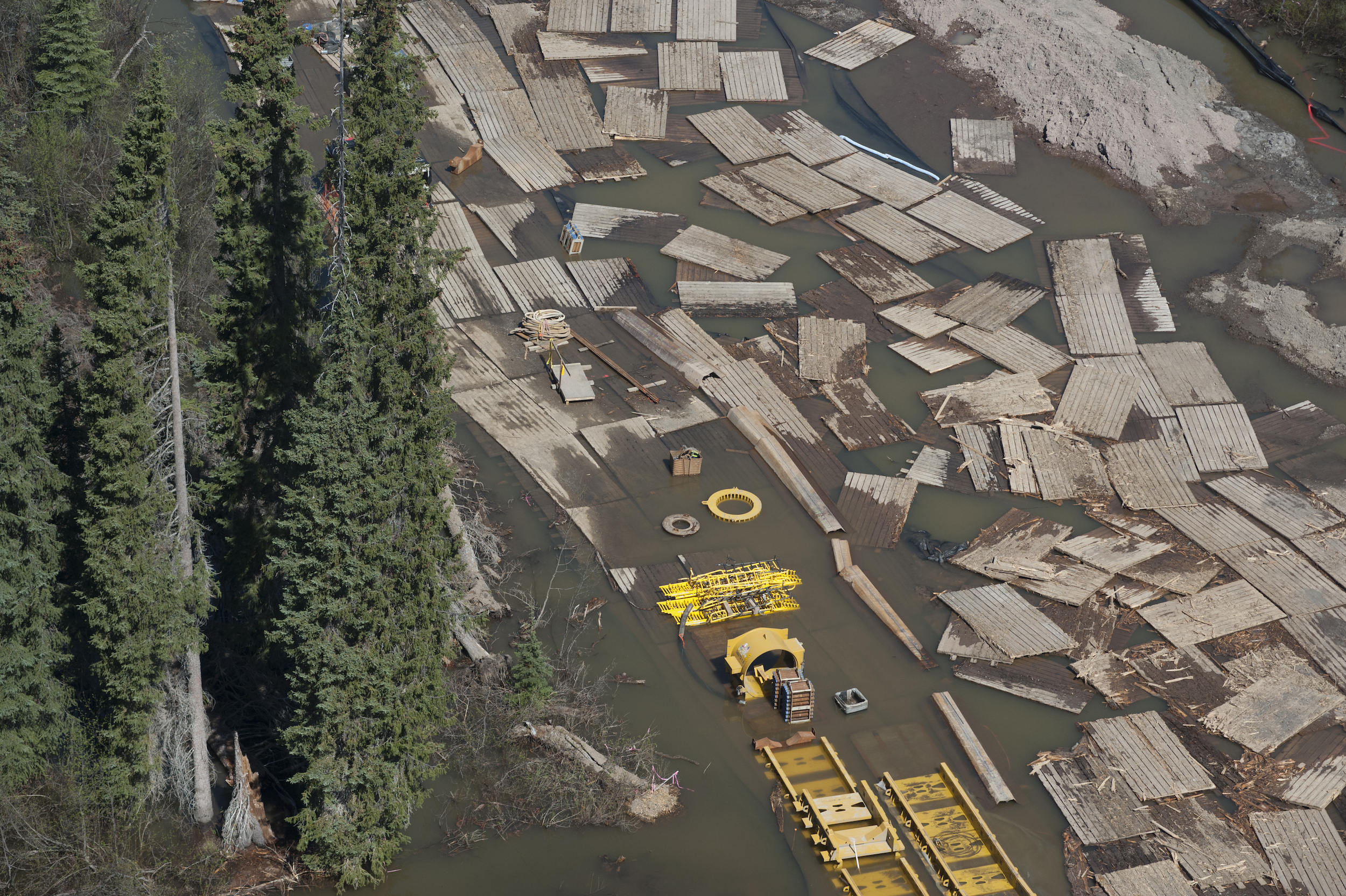
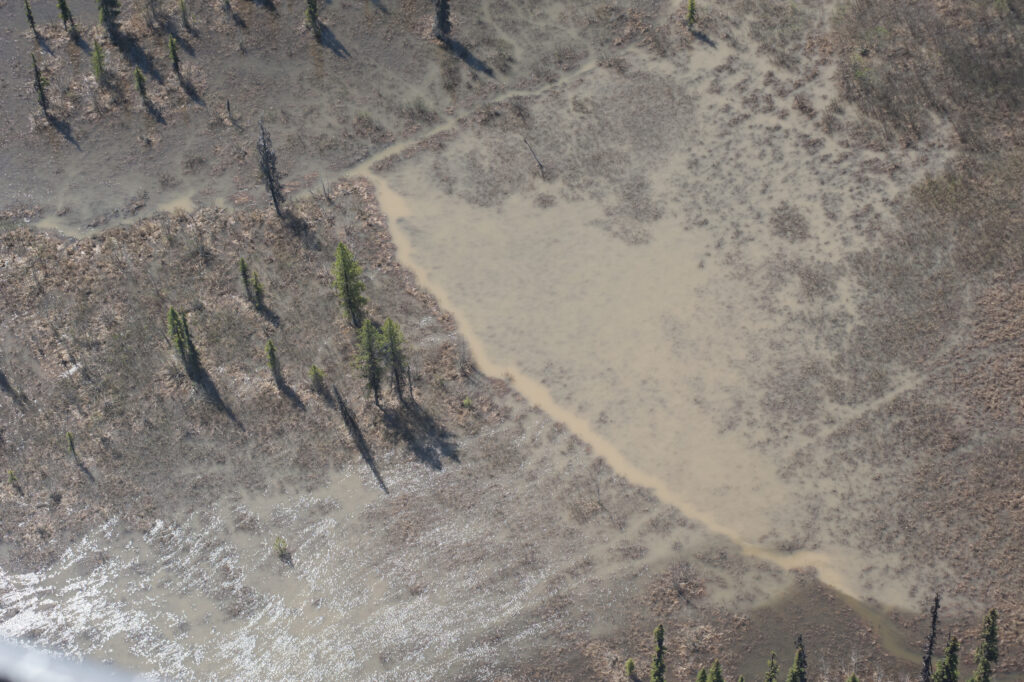
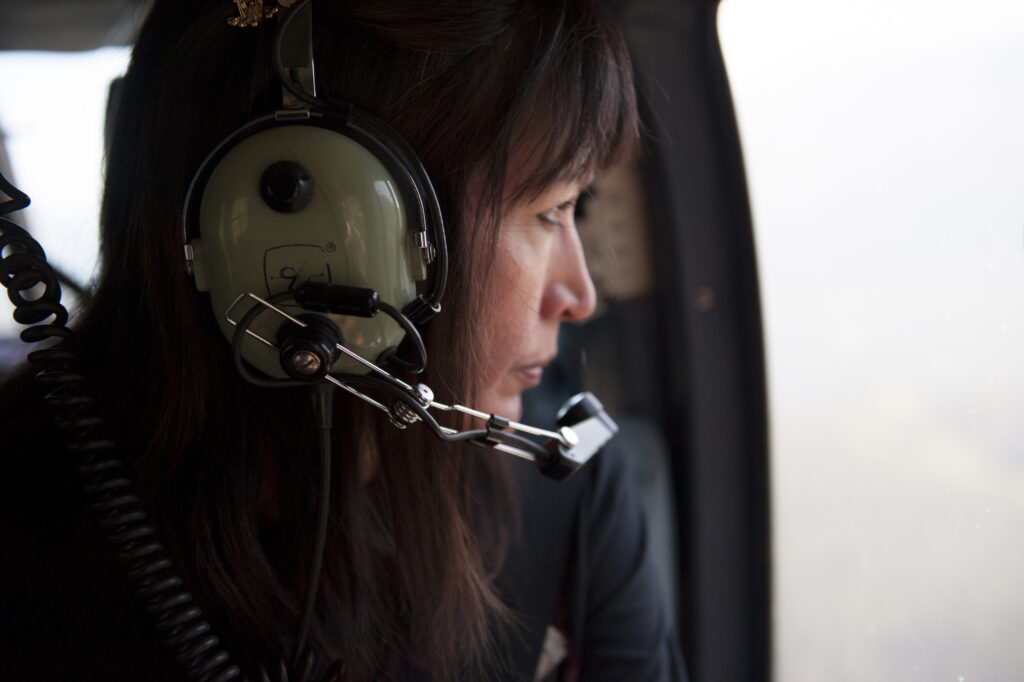
George Heyman, B.C.’s minister of environment, was not available for an interview with The Narwhal, but a spokesperson for the province’s Environmental Assessment Office said Coastal GasLink’s record of non-compliance with the terms of its environmental assessment certificate is of “grave concern.”
A stop-work order covering around 11 kilometres of the Gosnell area was issued to the pipeline company on May 11, after compliance and enforcement officers found “erosion and sediment control measures required to protect sensitive wetlands were missing and as a result, sediment laden water was entering the wetlands.”
“This was the sixth stop-work order [Environmental Assessment Office] issued on the project over a two-week period, covering six separate sections of the pipeline route totalling about 30 kilometres altogether,” the spokesperson wrote, noting the company cannot resume construction in those sections until inspectors give the approval.
While The Narwhal observed what appeared to be environmental damage in areas outside of the 11-kilometre zone affected by the stop work order, it is not clear whether regulators plan to take further action.
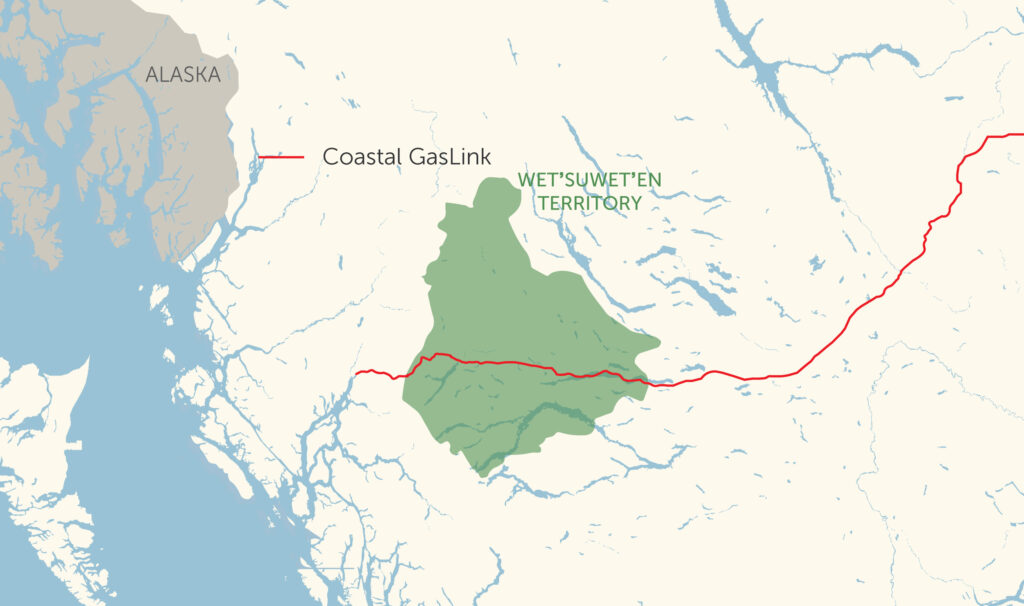
TC Energy did not respond to The Narwhal’s interview requests and did not provide a statement. On its project website, it noted it had stopped work in the Gosnell area “to implement erosion and sediment control measures to respond to rapid spring melt due to rising temperatures and high snowpack” in conjunction with a provincial stop-work order.
Environment and Climate Change Canada did not provide a comment prior to publication. Fisheries and Oceans Canada, commonly referred to as DFO, did not provide an interview to The Narwhal and noted it is aware of flood conditions across B.C.
“[Coastal GasLink] has reported that they are taking corrective actions, such as conducting downstream water quality monitoring, in a number of locations along the pipeline route to mitigate sediment inputs into fish habitat as a result of high water,” a federal fisheries spokesperson wrote in an email. “Fishery officers continue to work with DFO’s fish and fish habitat protection program and Environment and Climate Change Canada as part of the inspection process.”
Karla Tait, a C’ihlts’ehkhyu clan member and director of clinical services at the Unist’ot’en healing centre, said the government orders don’t appear to be making much of a difference.
“It doesn’t seem like it has impacted the flow of traffic in and out,” she told The Narwhal on a phone call the weekend after the flight. “We travel these roads out here regularly — we live here — and it’s business as usual.”
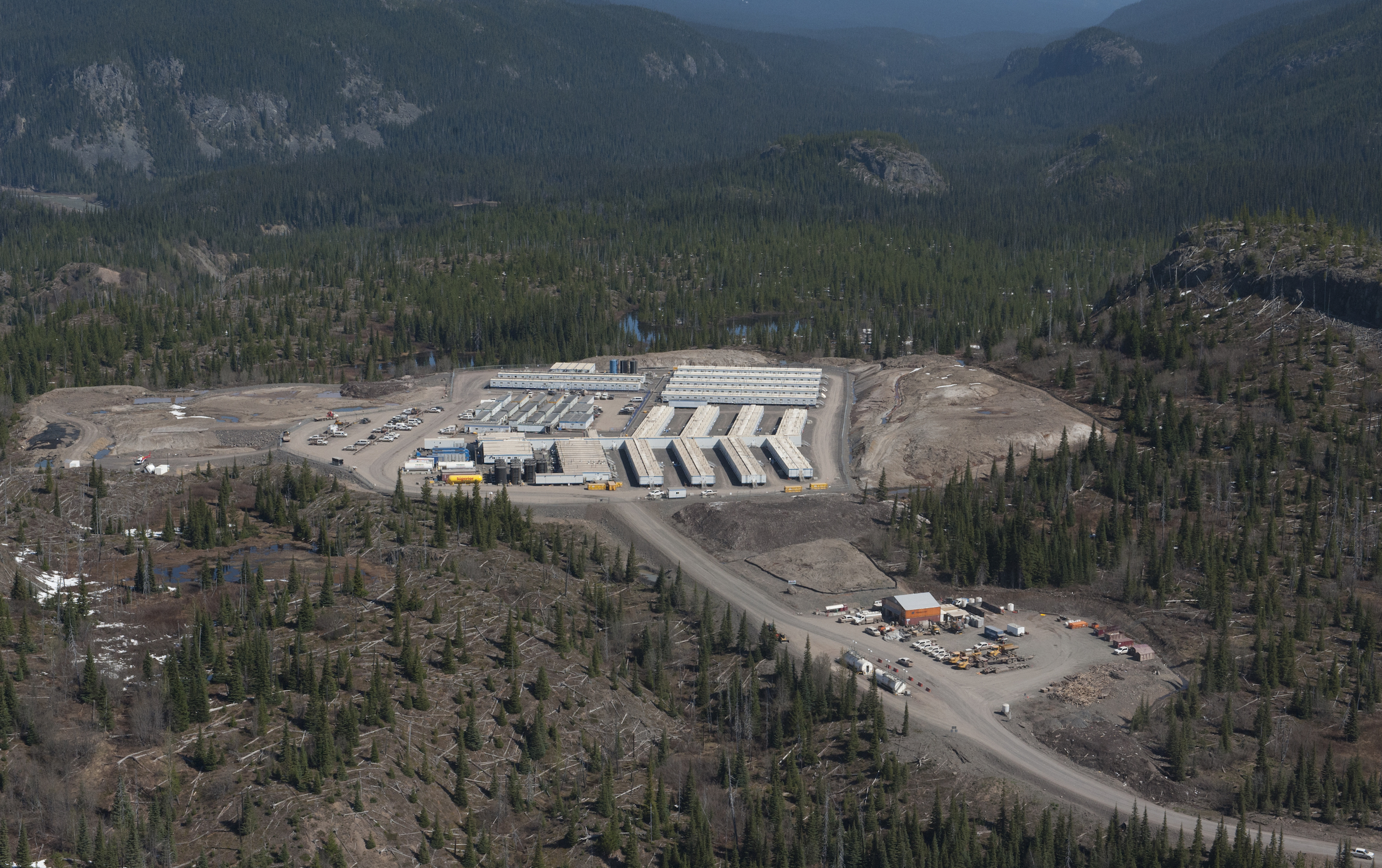
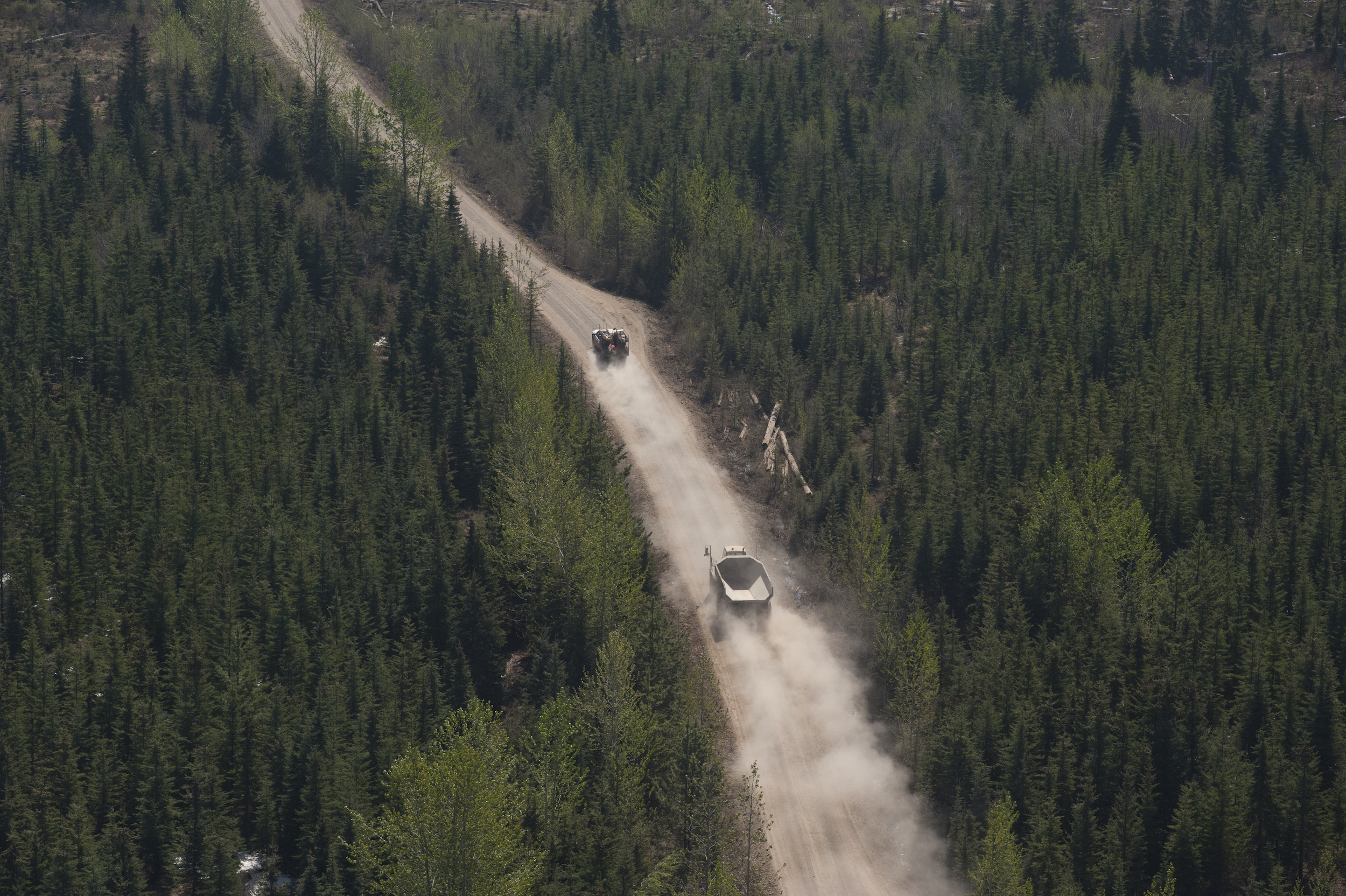
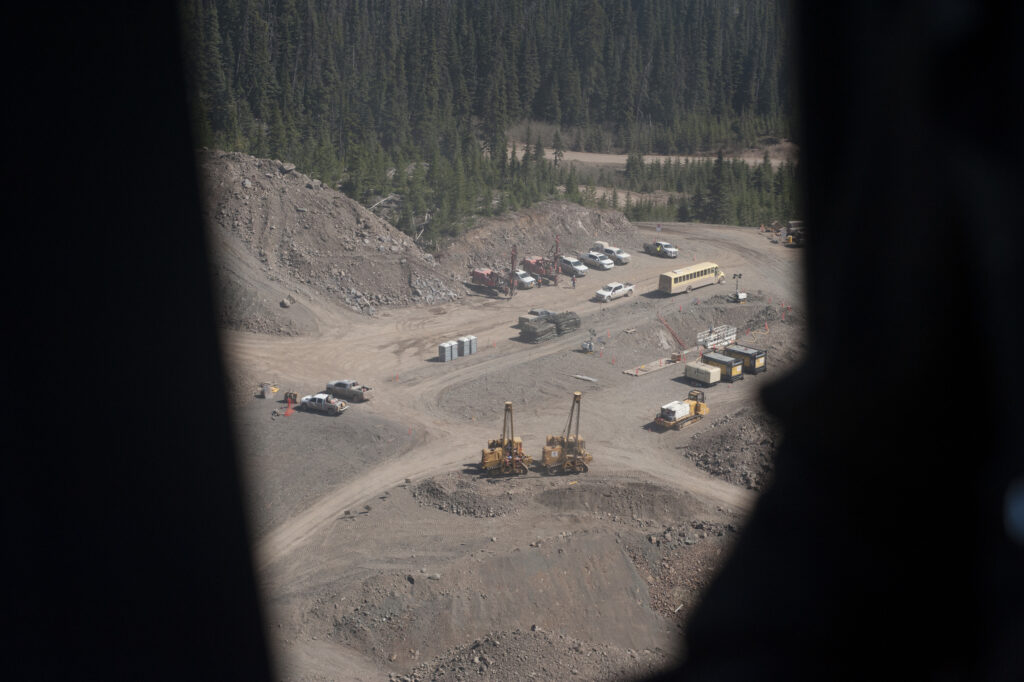
Tait said the Gosnell plays a key role in the work they do at the healing centre.
“Historically the government, via vehicles of residential school and the implementation of the Indian Act and reservations, has disconnected us from our land,” she said. “We’ve had residents that come here for land-based healing who don’t really have a safe place to live in our home community, Witset, and who are recovering from addictions or other trauma history.”
Rich in biodiversity, the area is ideally suited to help community members heal from intergenerational trauma by reconnecting them with the land and wildlife.
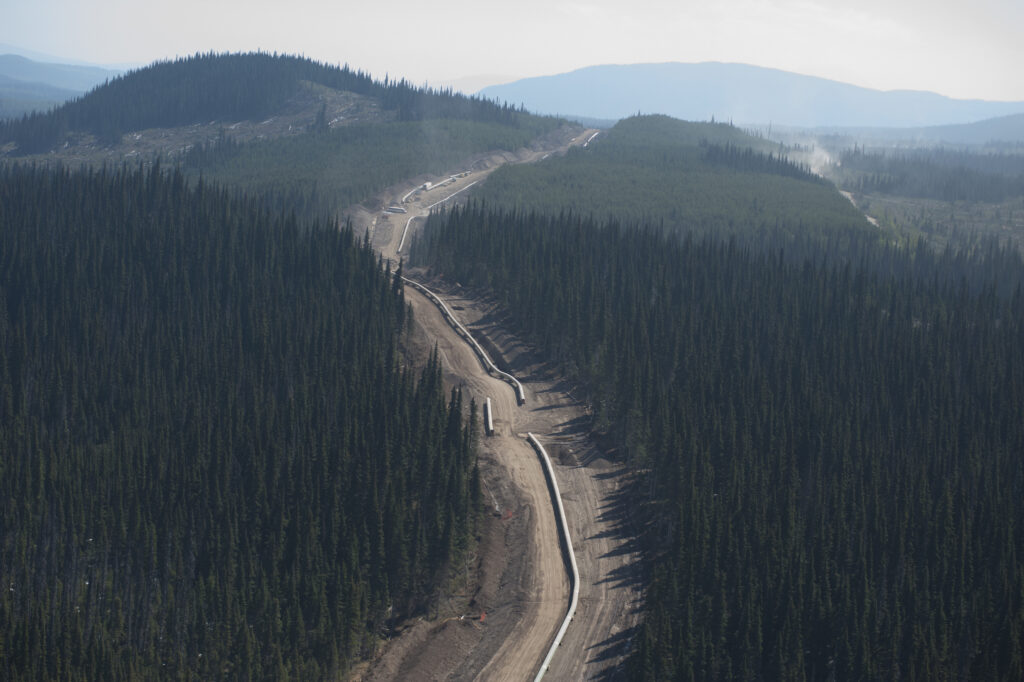
“My aunt Freda [Chief Howilhkat] mentioned that that swamp land is often where the moose raise their babies,” Tait said. “If it’s getting destroyed by the right of way and the clearing of some of the only remaining old-growth on our yintah, what does that mean for the wildlife that live here that we depend on as well, for hunting and subsistence? And just the health of our territory — every single part of it has a role and is important.”
“Now that we’re finally getting our people to a state and place where they’re healthy and they’re able to embrace their identity, their cultural practices, where are they going to actually learn and do those things that make us Wet’suwet’en if what’s left of our land is destroyed?”

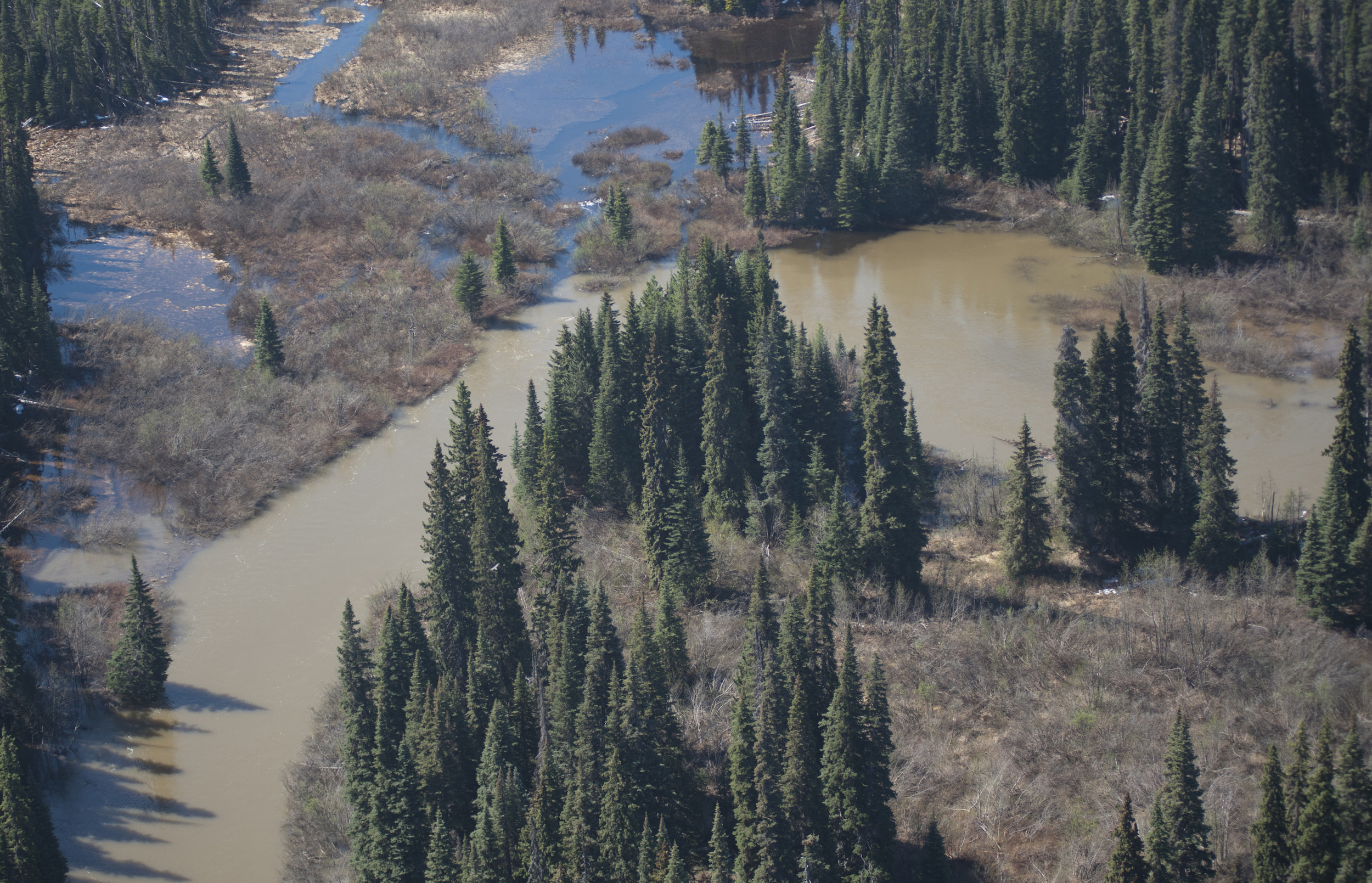
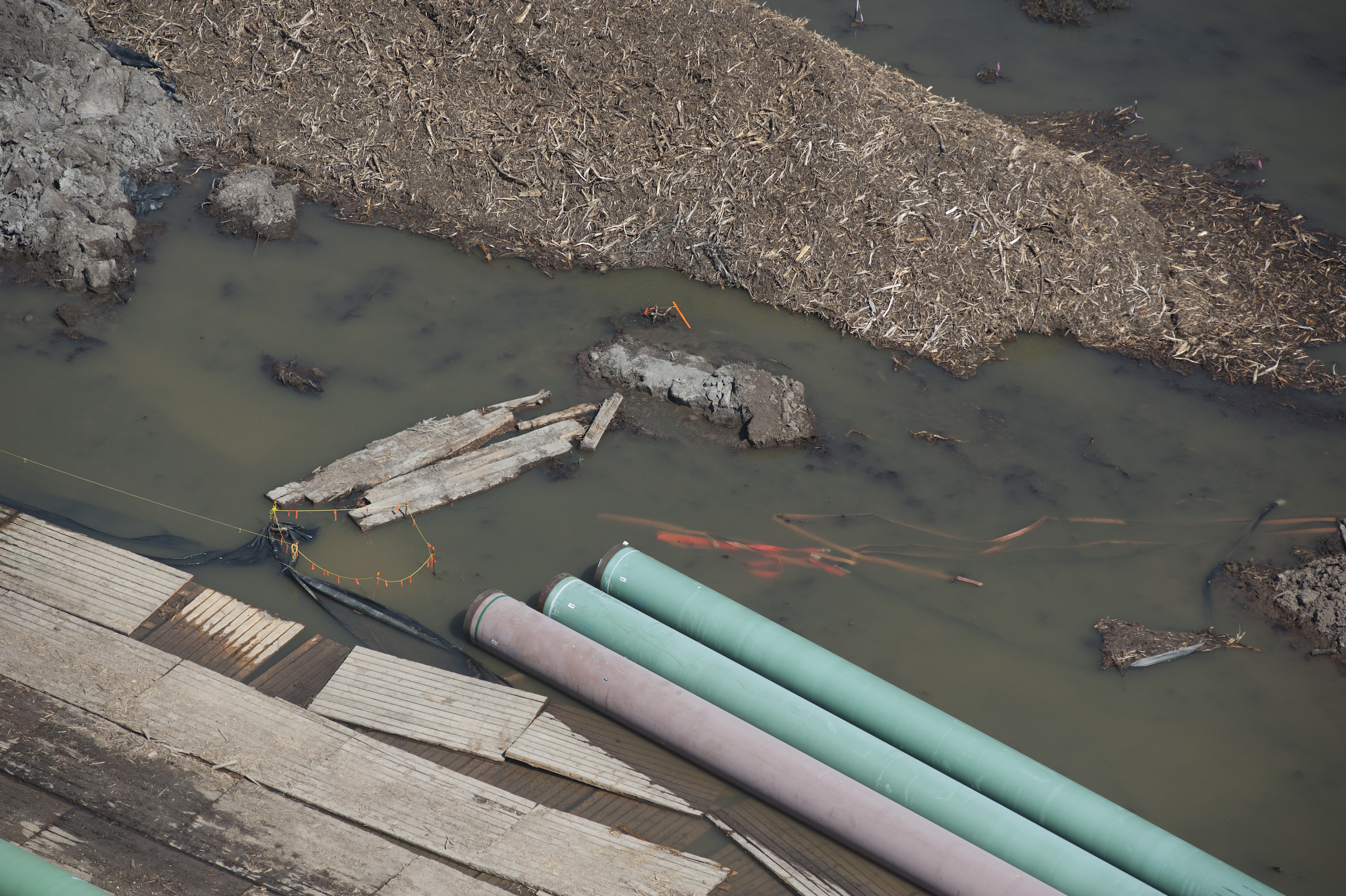
The flight was two days after a trial began for Wet’suwet’en Hereditary Chief Dsta’hyl. Dsta’hyl, a Lihkt’samisyu clan chief, was arrested in Oct. 2021 after a series of interactions with pipeline workers and private security. He is being charged with criminal contempt, for allegedly breaching a B.C. Supreme Court injunction issued to the pipeline company.
In videos presented as part of the Crown prosecution’s case, Dsta’hyl tells Coastal GasLink workers “that injunction is bogus as hell” and notes the Wet’suwet’en have a Supreme Court of Canada decision on their side, appearing to refer to the Delgamuukw decision.
To Sleydo’, he was simply upholding Wet’suwet’en law.
“It’s infuriating, because we are being policed and criminalized for protecting our right to clean water and our responsibility to take care of all of the other living beings that rely on it, especially the salmon,” she said.
On the flight, Sleydo’ was accompanied by Gitxsan Chief Hanamuxw, Hooxi’i Kolin Sutherland-Wilson and Kai Nagata. They pointed out the town-like man camp not far from where Dsta’hyl was arrested.
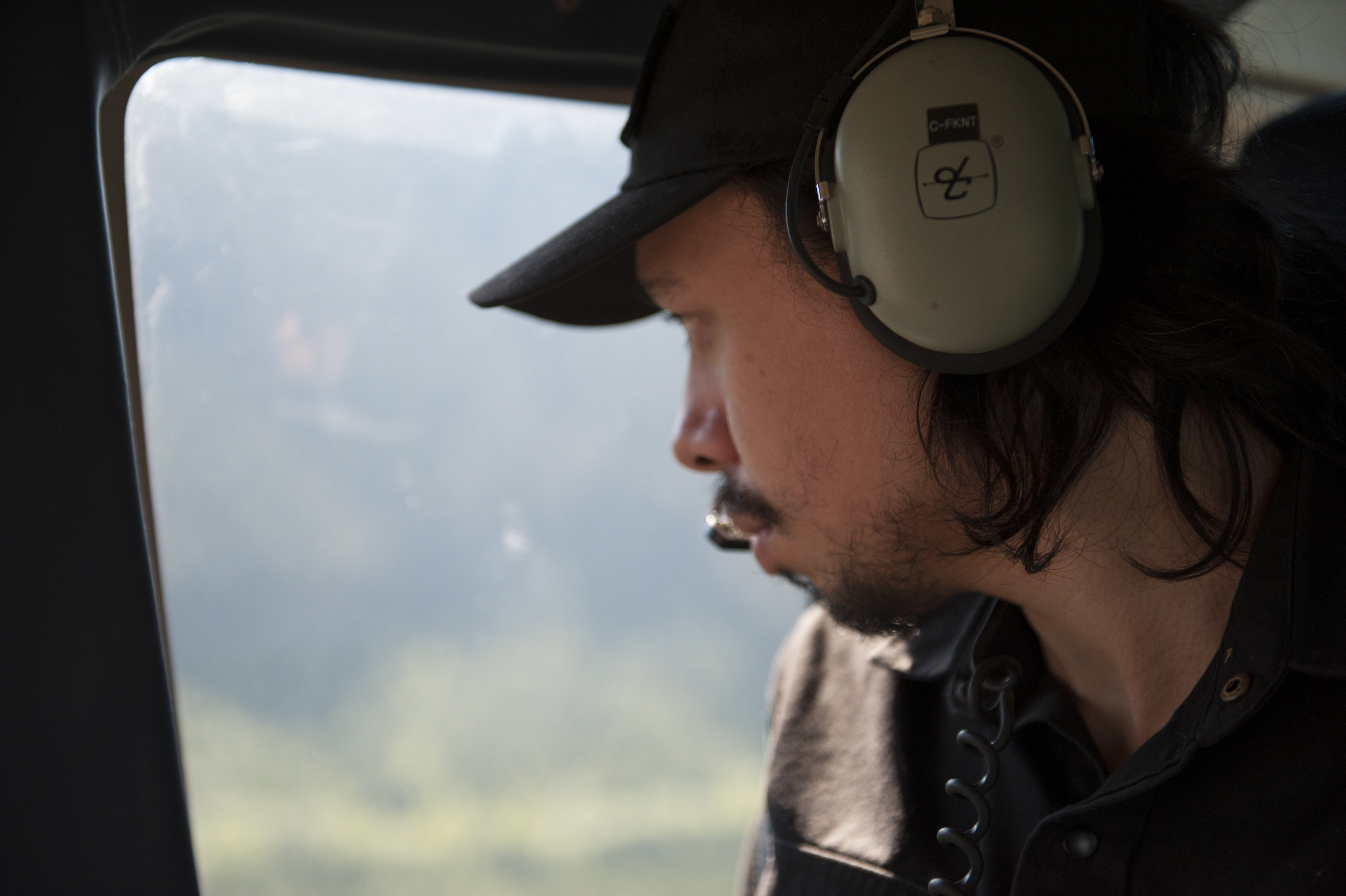
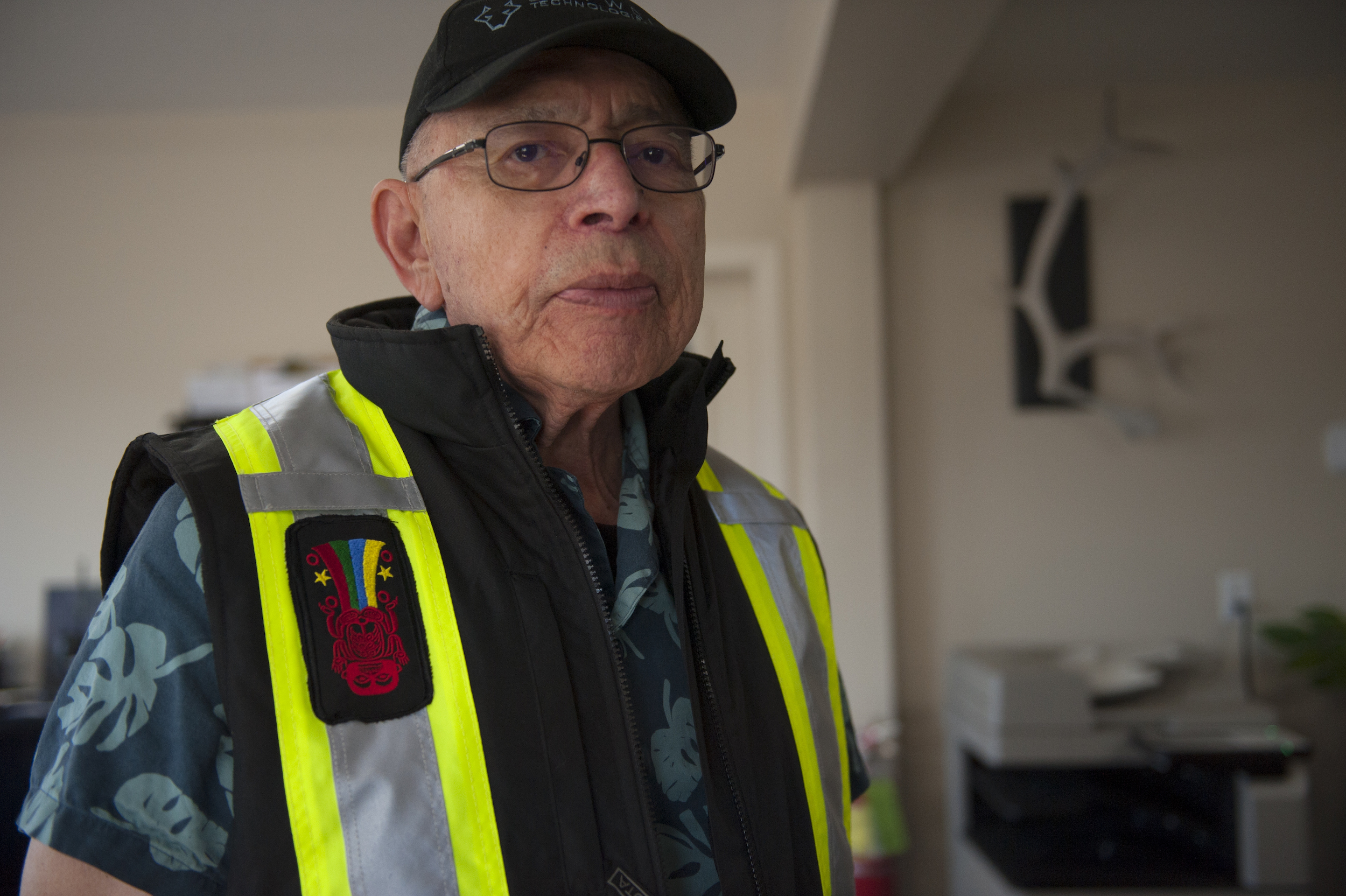
The work camp sits in the mountains close to the crossing of Lho Kwa (Clore River) where Wet’suwet’en Hereditary Chiefs and their supporters alleged Coastal GasLink failed to prevent sediment from entering the river early this year. To monitor the crossing, Tsebasa, a Likhts’amisyu clan chief, and Gary Michell, head ranger for Wet’suwet’en Fisheries, had to fly into the site.
“The fact that you can only see and monitor by air is very concerning to me,” Sleydo’ said, adding the scale of the impacts affirms why she and Dsta’hyl and others have stood against police and security while trying to stop the project from damaging the watershed.
“It validates everything that we’ve been fighting for — the reasons why we’ve been fighting so hard,” she explained. “We’ve been doing everything to protect the water in our territories.”
The B.C. Energy Regulator also issued stop-work orders recently, covering different areas — the crossing of Ts’elkay Kwe (Lamprey Creek) and a steep section of the route above a tributary of the Kitimat River known as Cable Crane Hill. At Ts’elkay Kwe, a slope failure caused large amounts of sediment to slough into the creek, a tributary of Wedzin Kwa. Closer to Kitimat, increased runoff from snowmelt overwhelmed mitigation measures and spilled into the water at the bottom of the slope.
The regulator declined an interview request.
“This is an ongoing investigation, we will not be releasing further information until the investigation is complete and [Coastal GasLink] has addressed the issues outlined in the stop-work order,” a spokesperson wrote in an email. The spokesperson added “permit holders are required to adhere to regulatory requirements related to the protection of watersheds” which includes making sure construction doesn’t cause areas to become unstable and preventing “deleterious substances, including sediment” from entering the surrounding environment.
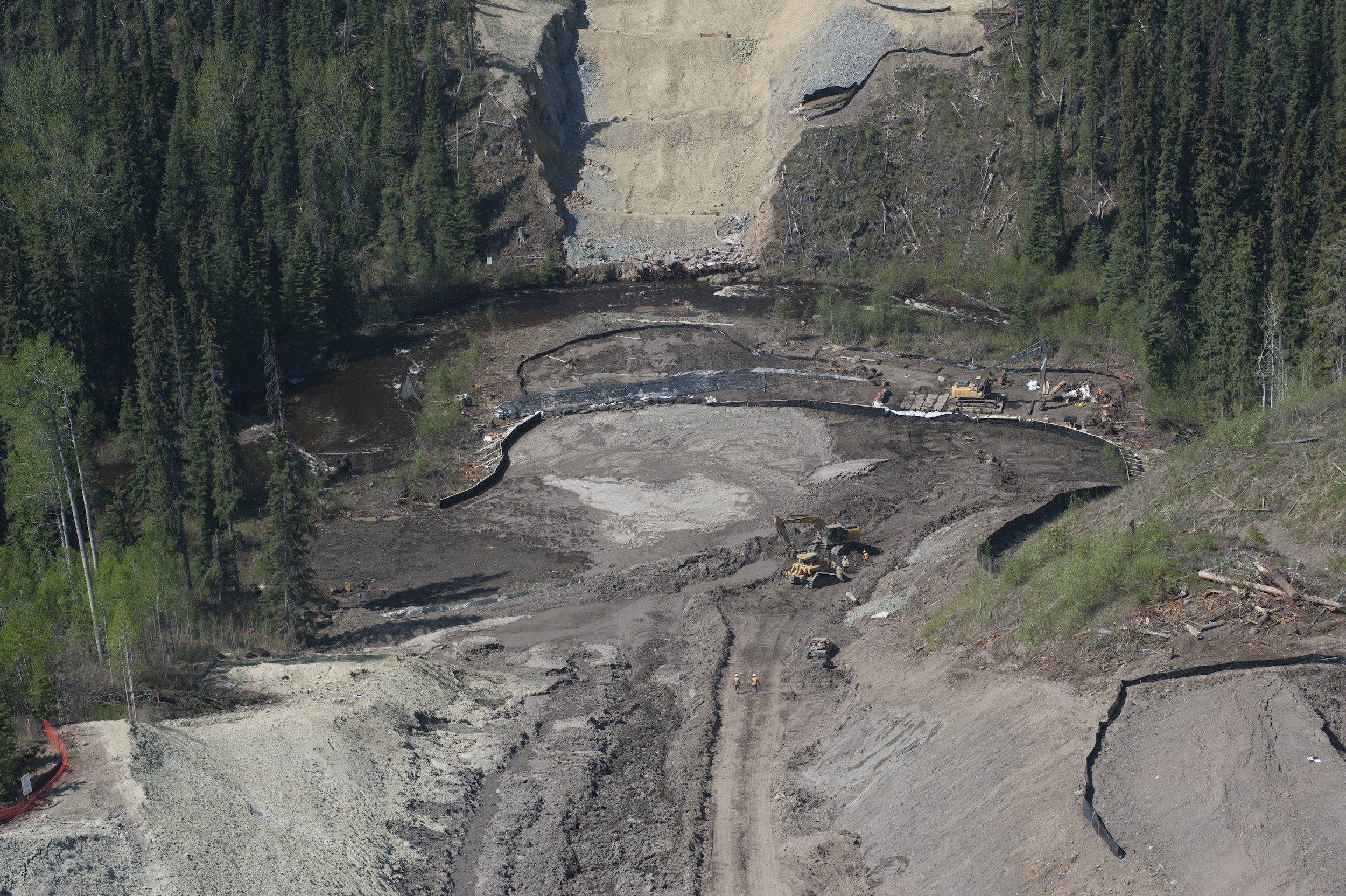
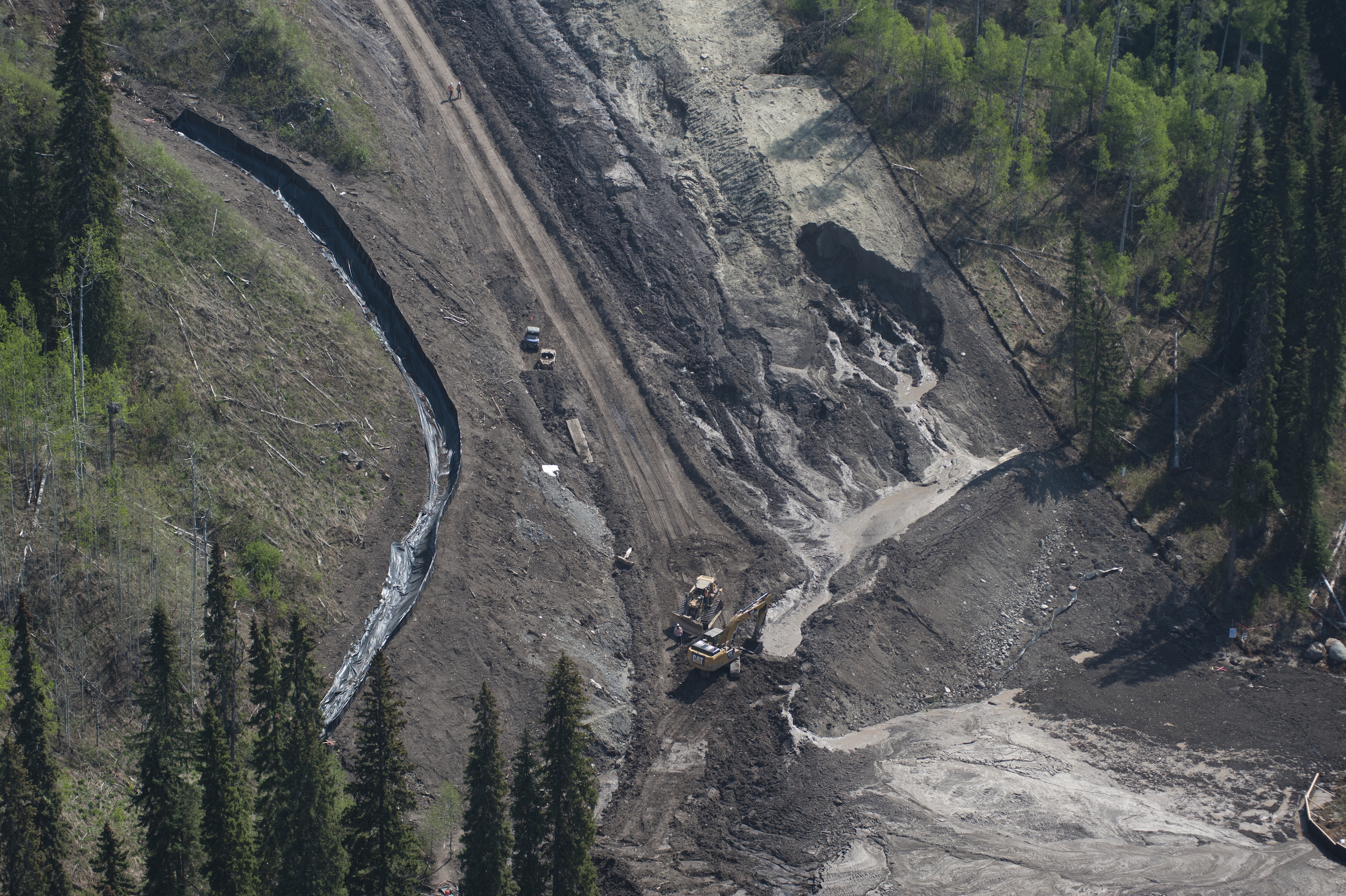
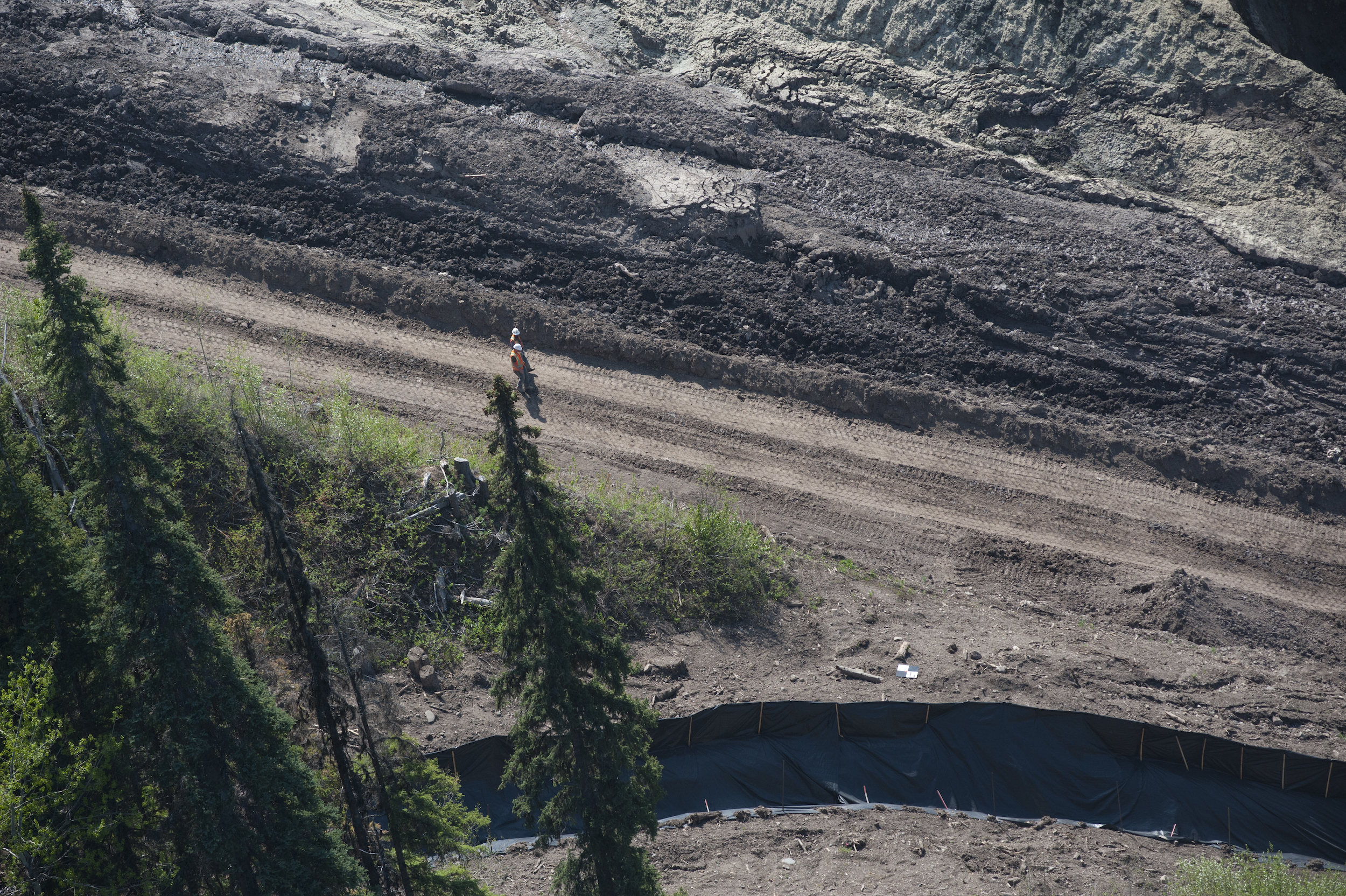
Sleydo’ said slope instability created by pipeline construction isn’t likely to go away.
“Some of those inclines, that’s going to be a problem forever,” she said. “CGL doesn’t understand the magnitude of that. They think they’re just going to come in and build a pipeline, grow some grass over the pipeline route and take off. They’re going to be dealing with this for years and years — and we’re going to be dealing with it for decades.”
As sediment from the flooded site in the Gosnell spills into the creek and flows down into Wedzin Kwa, the impacts of the pipeline project are spreading further and mingling with impacts from other locations.
“It’s very distressing and disheartening, when you consider how important this river is for the remaining wild salmon in the whole river system downstream,” Tait said. “It’s really disturbing to see an area that was really well protected that had kept its integrity for all these millennia be so quickly destroyed — and for nothing, they haven’t even laid the pipe in the area.”
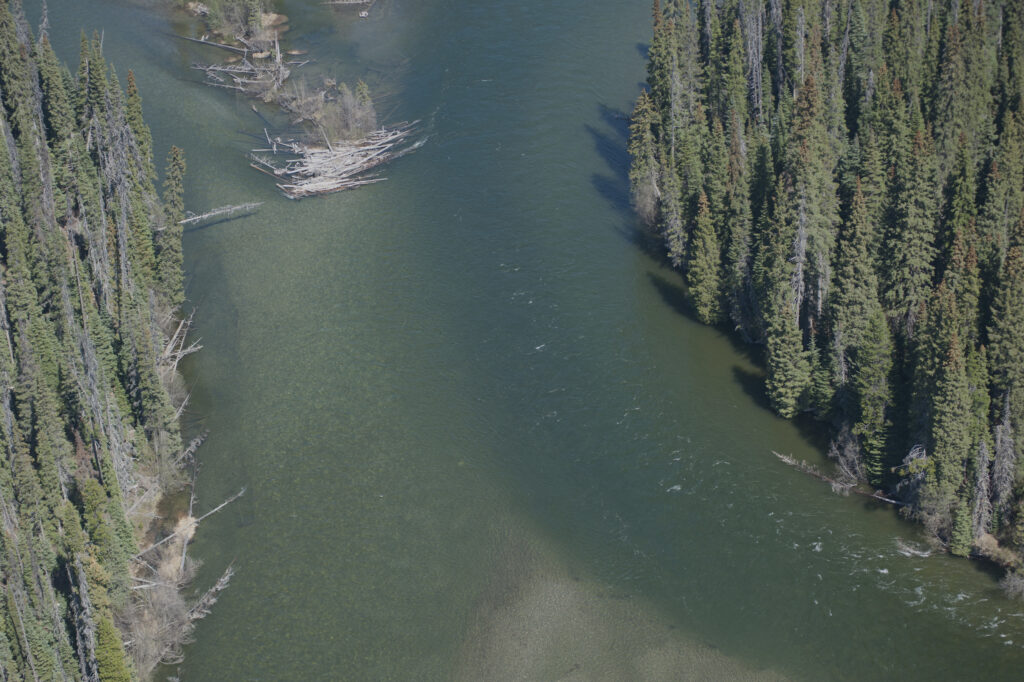
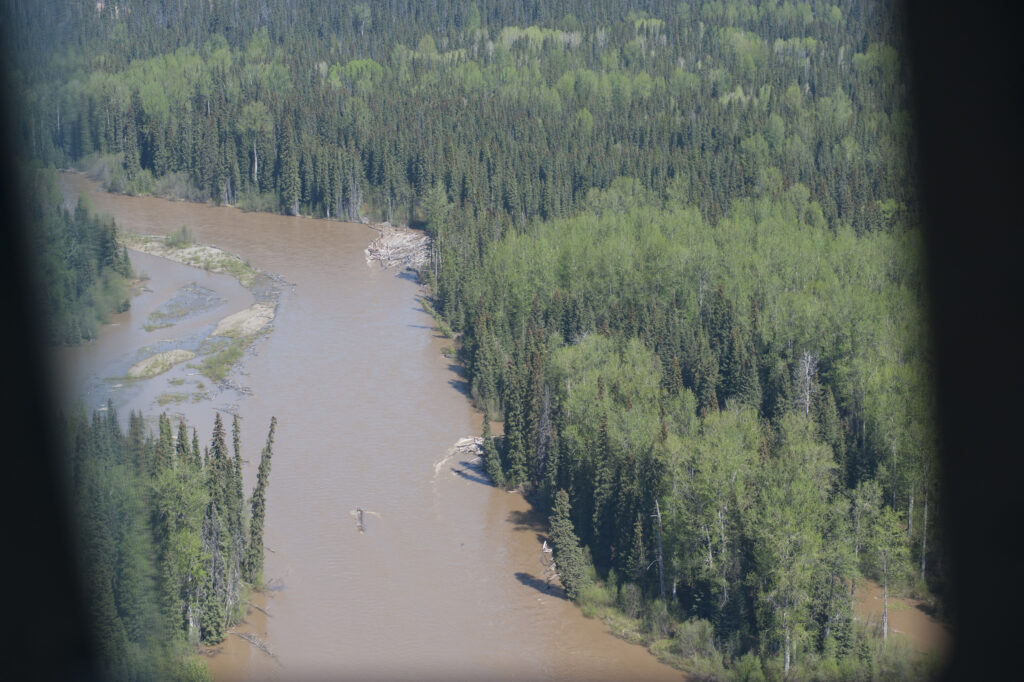
Sleydo’ said the upper reaches of Gosnell Creek are prime spawning habitat for sockeye salmon and Wedzin Kwa provides drinking water to community members.
“It’s like watching a dear loved one get a terminal disease and die. We’re so connected to Wedzin Kwa — she’s a relative, like a grandma or a mother, and it really is devastating on so many different levels to see this happen.”
“We knew that this was going to be the effect of putting a pipeline underneath our sacred headwaters and through all of our salmon spawning streams and all of the creeks that run into Wedzin Kwa. We knew this was coming — and here it is.”
